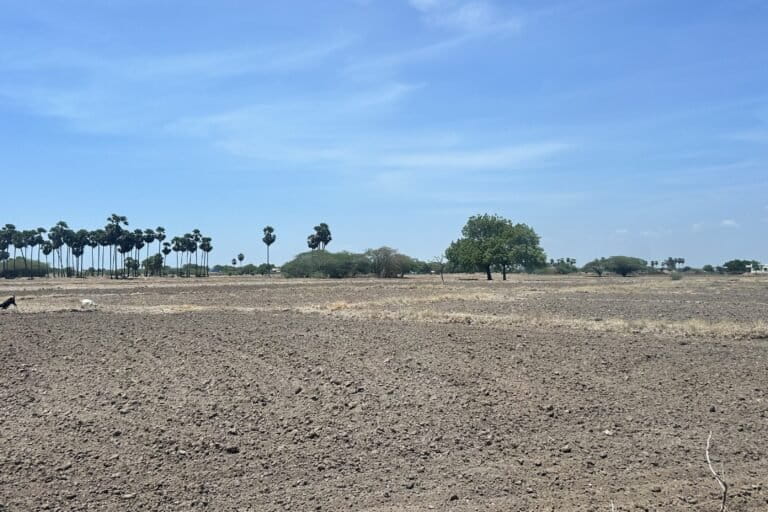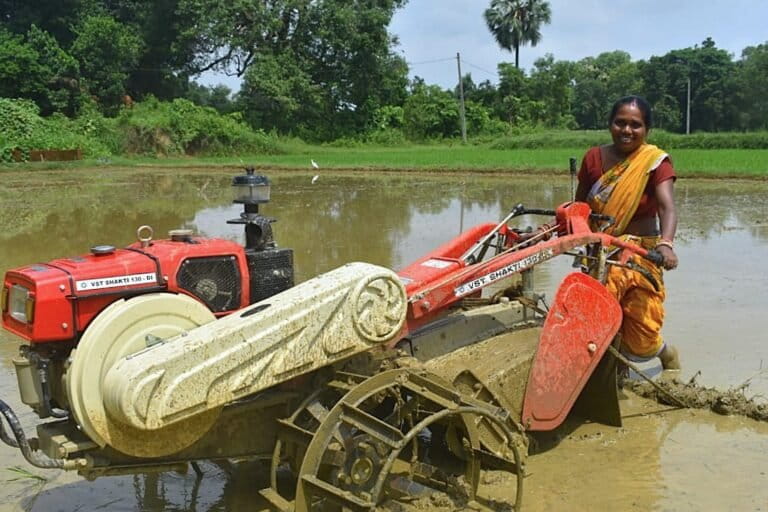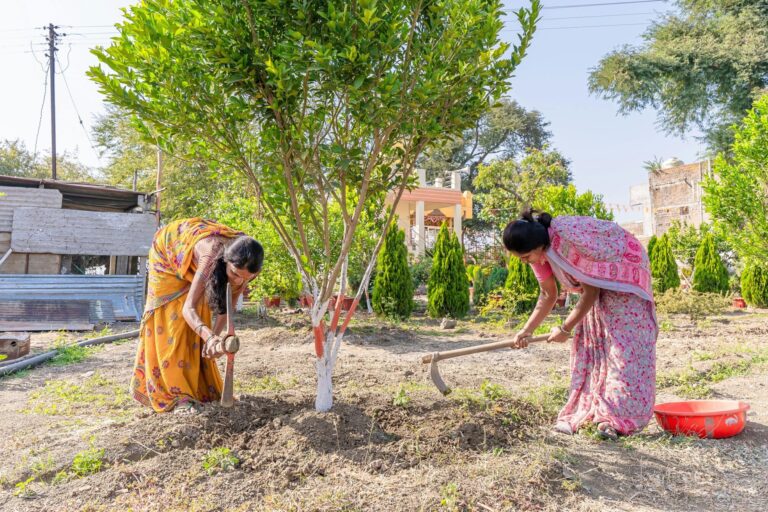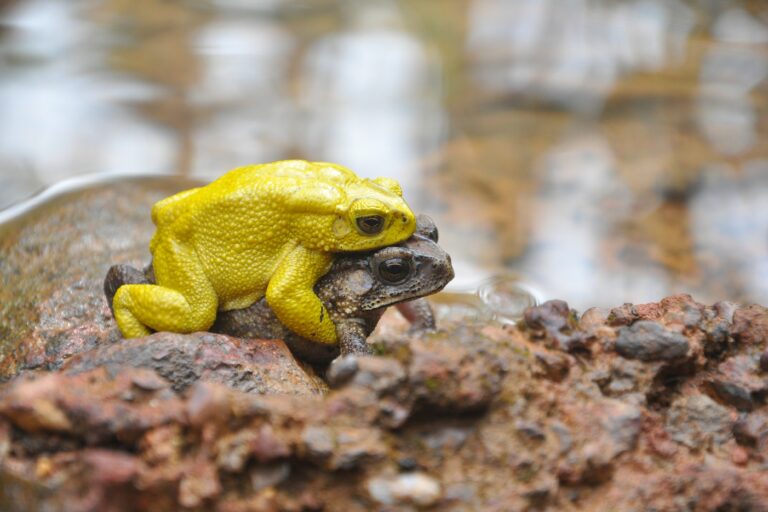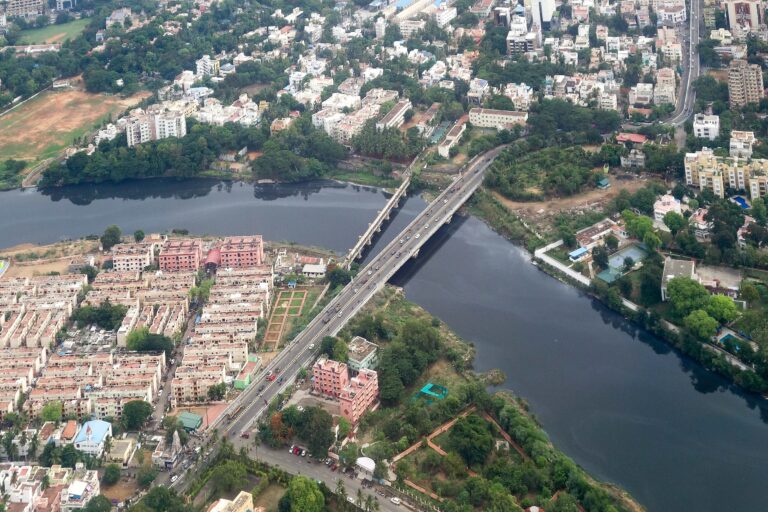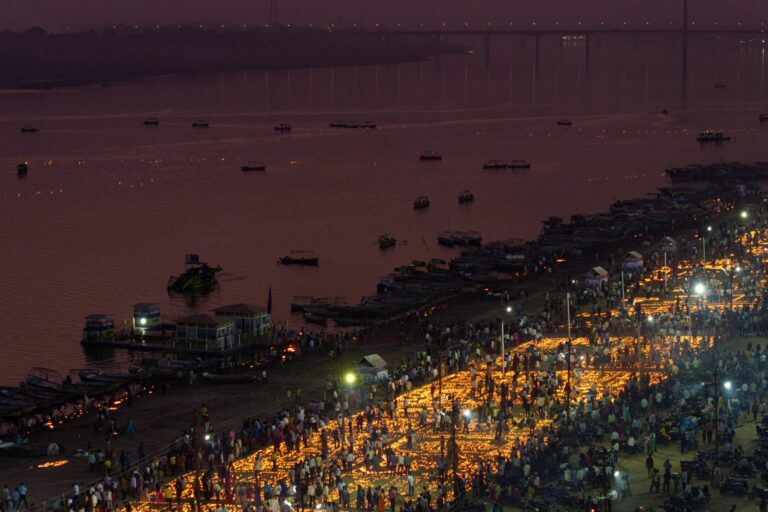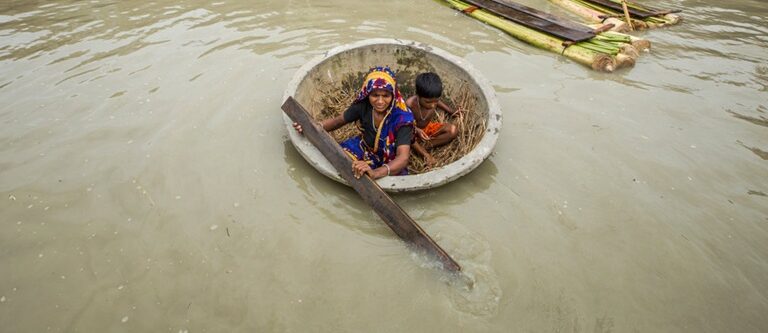- The city of Mumbai got a flamingo sanctuary as a quid pro quo for a highway that will pass through a part of the Sewri mudflats.
- The sanctuary will conserve the northern part of the Thane Creek and mangrove swamps.
- This area is the migration destination for greater and lesser flamingos and up to 200 other bird species.
In Mumbai, when a new highway had to cut through mudflats where flamingos come in, the quid pro quo by the Maharashtra Government was to notify a flamingo sanctuary. Thus, the concrete jungle of Mumbai got its first flamingo sanctuary in 2015 as a trade-off for the sea link across the harbour that connects the city to its twin as well as to the new international airport coming up there. The bridge will occupy 5 km of mudflats at the Sewri entry in midtown Mumbai as well as its landing in Nhava in Navi Mumbai.
The 22-km-long bridge will be the longest in India and cost Rs 17,700 crores ($2.6 billion). The Forest Advisory Committee of the Ministry of Environment, Forest and Climate Change (MoEFCC) withheld clearance in April 2015 on the ground that it would affect “existing mangroves as well as the flamingo population”.
The project required clearance from the ministry as it would affect 38 hectares of protected mangrove forests and 8.8 hectares of forest land. The sea link’s starting point poses a threat to an estimated 20,000-30,000 lesser and greater flamingos and their mangrove habitat.

“Permission for the Mumbai Trans-Harbour Sea-Link (MTHL) was supposed to be conditional on a mangrove park being created, so this sanctuary was conceded instead,” Stalin D. of the NGO Vanashakti, which keeps an alert eye on Mumbai’s wetlands, told Mongabay-India.
However, the Bombay Natural History Society (BNHS), the country’s pre-eminent wildlife conservation research organisation, which was consulted on the project, wanted the bridge across the Thane creek to be shifted just 500 metres south to protect the flamingo feeding and breeding grounds, which was not conceded.
Protecting the remaining area of the creek
The Maharashtra Forest Department agreed to declare a 10-km-long stretch of mangroves and mudflats between the Vashi and Airoli creeks on the Thane creek a protected sanctuary. According to N. Vasudevan, chief conservator of forests in the Mangrove Cell, “The notification declared the northern part of Thane creek as a Wildlife Sanctuary under the Wildlife Protection Act, 1972.”

The sanctuary occupies 1,690 hectares, which includes 896 hectares of mangroves and 794 hectares of adjacent water body. This means that the hunting of migratory birds will be banned in the mudflats, which will be patrolled regularly.
“When the Mumbai Metropolitan Region Development Authority (MMRDA) builds the trans-harbour link, mangroves will get damaged and it will affect the habitat of the flamingos,” said Praveensinh Pardeshi, principal secretary in the state forest department. “We want the remaining area to be protected in a better way. This is our condition to grant the final clearance for the link.”
The Sewri-Mahul mudflats have been identified as an Important Bird and Biodiversity Area (IBA) since the area accommodates 12-15 per cent of the entire population of lesser flamingos Phoeniconaias minor in South Asia, according to a 2008 study by the Salim Ali Centre for Ornithology and Natural History (SACON). This has a near threatened status, according to the IUCN Red List.

Visitors from Europe and eastern Africa
According to the Supplemental Environmental Impact Assessment conducted for the MMRDA in November 2015 and reviewed by the Japan International Cooperation Agency (JICA), which funded the feasibility study of the project, “The Sewri area in Mumbai side is widely known as an industrial area. However lesser and greater flamingos have been coming from Europe and/or Eastern African countries in November since 1994 and staying there until June. According to the [SACON] study report conducted by MMRDA in 2008, counted number of the flamingos is approximately 10,000 to 15,000 a day. These flamingos eat algae and/or plankton during low tides.”
Currently, the number of these winged visitors reaches 30,000 a year by November, along with their chicks. By May, they migrate to Bhuj in Kutch, leaving behind a small resident population and a multitude of waders.
The area is a refuge for many resident and migratory birds. In all, 200 species have been reported, even globally threatened species such as the greater spotted eagle and others such as the osprey.
The BNHS organises a Flamingo Festival at Sewri, which is easily accessible, every April. “Sewri and adjoining mudflats hold a large congregation of flamingos and other waders, hence creating awareness about them and their conservation is important,” said Deepak Apte, BNHS director. “The vital coastal ecosystem comprising of mudflats, mangroves and creeks need to be protected for birds as well as for the well-being of people. I am very happy that people from all backgrounds have gathered here in such large numbers for experiencing the natural wealth. We believe it is the first and the most essential step towards conservation.”

Interpretation centre and management plan
The mangroves and flamingo areas got a fillip from the German technical development agency, GIZ. Its Indo-German Biodiversity Programme partnered the Maharashtra government’s Forest Department to support conservation and sustainable use of biodiversity in select coastal areas in the state. It is supporting the setting up of a marine interpretation centre in Thane creek for the public.
“This will be a first in any metropolitan city in the country,” said Vasudevan. “There is a dearth of open spaces in Mumbai, and the interpretation centre is a boon for the city. It comes with co-benefit of a rich mangrove habitat and thriving avian life. In fact, in a vast urban city like Mumbai, it is the need of the hour, and definitely has very high potential of becoming a popular recreation spot for the locals as well for tourists.”
A condition for the MTHL’s clearance by the MoEFCC in 2016 was the institution of a management plan for the flamingo sanctuary. This was prepared by the Wildlife Institute of India (WII) in Dehra Dun and advocated a high-conservation “wilderness zone” of 17 sq km, which would be out of bounds for fishermen and navigation. In addition, there would be a much larger 59 sq km “eco-sensitive or buffer zone” around the sanctuary which it described as an “ecologically functional coastal wetland”, part of “the important biodiversity heritage of Maharashtra and [can] emerge as a centre for recreation and conservation education” in a 1.5 sq km area.
“We submitted the management plan to the Forest Department, but it has still not been officially accepted,” K. Sivakumar from the WII said.
“The wilderness zone is definitely inviolate,” Stalin observed. “No projects can come up there. In the eco-sensitive zone, fisherfolk can be part of the eco-tourism schemes. For instance, they can breed crabs in the mangroves by cordoning off areas with nets.”

An island airport?
A Dutch consortium which is based in Navi Mumbai, according to Joeri Aulman of NACO, who is an airport planner, has warned that the new airport is coming up “in the middle of a watershed. The City & Industrial Development Corporation (CIDCO) is raising its height by 7 metres. Water will need to go somewhere and it can flood the surrounding areas like the Panvel township.”
Instead, he has proposed locating the airport on sand banks in the middle of the creek, by “building with nature” and ringing the landing strip with mangroves. This would halve the cost of the MTHL, since it would run partly on the island created. It would enable the airport to expand, as well as making MTHL viable by guaranteeing a toll from those accessing the new airport and Navi Mumbai.
In 2013, CIDCO itself had identified this site, based on the NACO proposal. It would save not only the cost of reclaiming land but also paying compensation to land holders, which is estimated at Rs 10,000 crores. “We made suggestions to the state government but we faced insurmountable challenges. The government didn’t want to delay the project,” Aulman said.
Asked about the ecological impact of an island airport, Aulman replied: “Shifting the airport to the centre of the bay will avoid the destruction of the hill, the mangroves and sensitive watershed area which exist at the site currently selected. The island in the bay offers opportunities for new coastal mangrove development along the edges of the new island which would result in a net-gain of rich and diverse natural area, instead.”






